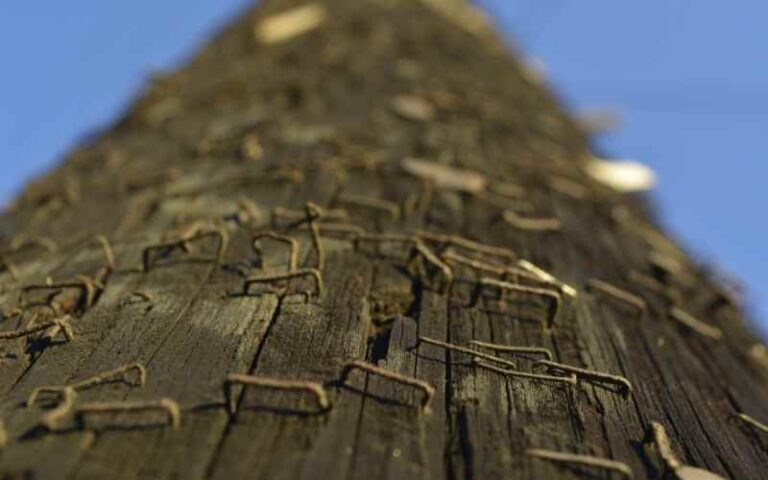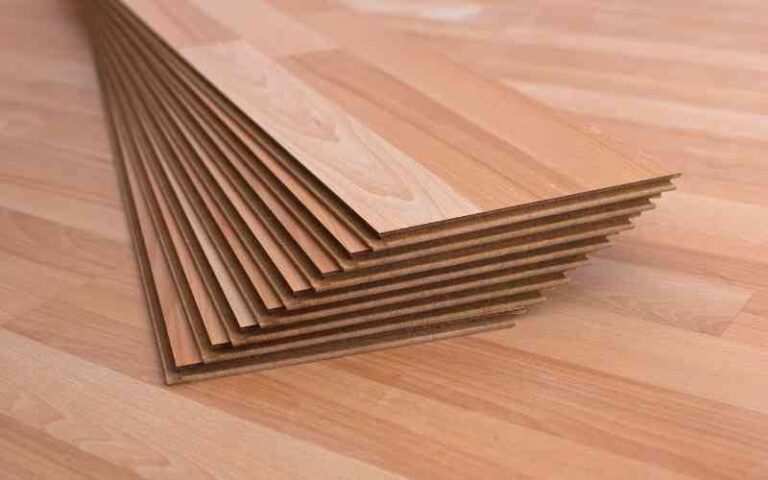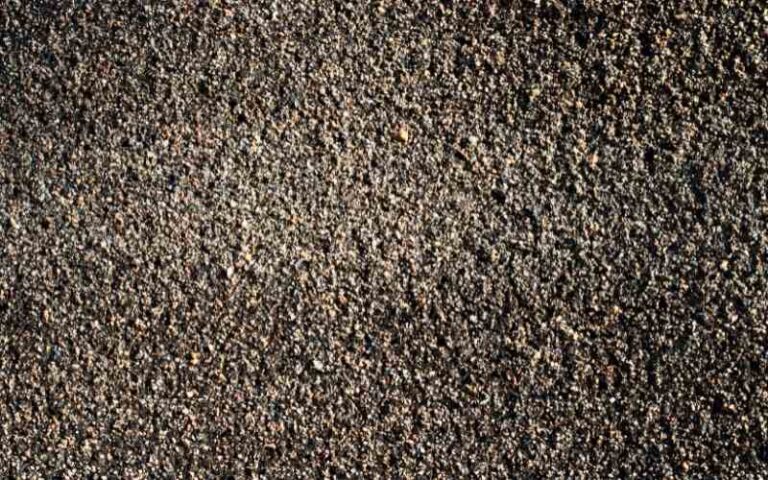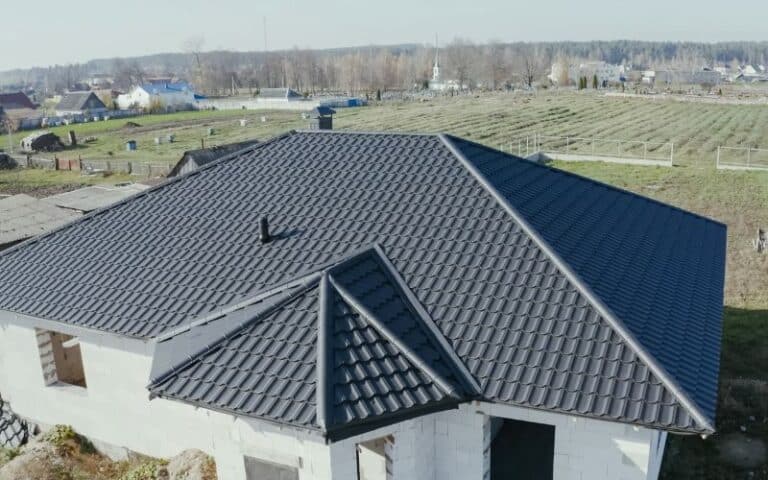Attaching a patio cover to your home’s facia board looks like a lot of work, and unsurprisingly it is.
Although its difficulty is nothing like rocket science, attaching a patio will require a fair amount of brainstorming.
But it’s a worthy sacrifice as patio covers provide extra shade and positively affect the overall look of your house.
Depending on your roof and patio type, there are different ways of attaching a patio cover to your house. However, there is a general way to achieve the same results. Firstly, you should choose the patio cover and take measurements. Next, you should cut the materials and assemble your patio.
Ready for a Roofing Quiz?
Can I Attach the Patio Cover to Fascia?
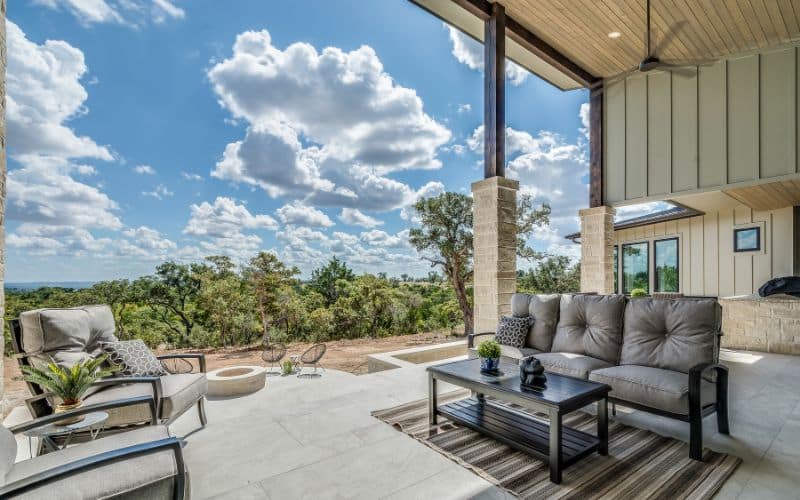
Yes, you can; there are different ways to attach the Patio Cover To Fascia Board. But first, what is a fascia board?
A fascia board is a piece of Long straight Wood that runs along the roof’s edges. The fascia board hangs on the ends of the top and is closed off by a soffit.
Fascia Boards are a significant roofing material; they protect from winds and support various loads.
Fascia Boards have evolved from just a piece of flat wood to works of art. There are different types of fascia boards available on the market and made from different kinds of materials;
#1. Wooden Fascia
Wood was the first material used in making fascia boards. Wood is light, easily sawn, and can be in various colors. Wood is also the cheapest of all the fascia materials in use.
#2. Aluminum Fascia
Aluminum fascia has grown in popularity in recent years. Aluminum plates are primarily for wrap-around wooden fascia boards.
It extends the lifespan of wooden fascia boards and makes them resistant to weathering and molds. However, aluminum fascia boards are more expensive than their wooden counterparts.
#3. PVC Fascia
PVC (polyvinyl chloride) is a form of inorganic plastic with many mainstream uses. PVC benefits many areas of our lives, from ceiling boards to the interior of houses and cars.
Just like aluminum PVCs are used alongside wooden fascia boards to protect against rot, termites, and weathering. PVC Fascia Boards appeal to the eyes and can be in beautiful shapes and sizes.
#4. Composite Fascia
Composite fascia boards are from sawdust, wood chips, and plastics. These boards have a glossy feel and finish and many curbside appeals; they are durable and rot and weathering resistant.
How To Attach Patio Cover to Fascia Board?
There are specific steps you have to take before you can attach a patio cover to a fascia board ;
#1. Choose the Patio Cover
The first step before installation is choosing a patio cover suitable for you. There are different types of patio covers made of other materials.
There are;
- Wooden patio
- Aluminum patio
Wood is the most widely used material for making patios. It is cheap and light, and you can easily cut the wood.
Aluminum patios are also quite popular, especially for sturdy, durable, and rust-resistant decks.
#2. Take Your Measurements
After selecting the appropriate patio cover, you will have to take measurements. Measurements include the fascia board length, roof height,f, and angle.
In addition, take the Headroom, ensuring the patio is not too tall or short. Measurement will help prevent errors during assembly.
#3. Cut the Materials
After taking the measurements, it is now time to cut your materials. First, you must cut the patio stands/pillars according to the desired inclination angle.
Next, you must cut the affected fascia board if attaching your patio directly to the roof rafters.
#4. Assemble the Patio
Dig holes for placing the Patio pillars and the concrete slab. The posts should be at the points marked by the measurements and set on a galvanized anchor.
Next, raise the patio cover and nail to the fascia board. Nail som90-degree brackets to the sides of the patio and fascia board. This action will ensure the fascia board is correct to the rafters.
Patio Cover Attached to Fascia Looks Unsound
After attaching a patio cover to the fascia board, the finished product appears Unsound and fragile can be quite a blow.
A poorly built patio cover is dangerous to lives and properties; you should ensure it is according to legal standards.
There could be several reasons why your patio cover looks unsound. Here is a list of possible causes and solutions below;
#1. Too Much Clearance
Your Patio Cover can be unsound and flimsy if there’s too much clearance between the Patio Cover and fascia board.
Patio covers and fascia boards should overlap if you wish to maintain excellent structural integrity and waterproofing.
Too much space between the structures can cause them to collapse if there are strong winds or heavy rainfall.
It also causes most of the structure’s weight to rest on the joints instead of the support pillars.
- You can try dismantling and readjusting the Patio Cover to fit appropriately with the fascia board.
- You can add support backplates to your Fascia Board to reduce excess clearance.
- Your pillars should be standing straight; if it leans at an angle, your clearance is too much.
#2. Incorrect Measurements
If your measurements are inconsistent and inaccurate, your patio cover will be unsound.
Likewise, if you use materials with incorrect measurements, you will encounter problems assembling and building the patio cover.
- Use the proper measuring tools.
- Pay attention while sawing, so you do not see wrongly.
#3. Poor Building Materials
You should not use poor or substandard materials when building a Patio Cover. Substandard materials are flimsy, fracture easily, and cannot withstand poor weather conditions.
Inferior building materials will cause your patio cover to be unsound and fail quickly.
When selecting materials for building your patio, you should purchase the best materials for your deck.
#4. Bad Rafters Build Quality
If your rafter’s build quality is low, it can cause your patio cover to be unsound. Therefore, take caution when building the rafter for your Patio cover.
Inconsistent measurements, rotten or warped wood, insufficient nailing, and assembly can lead to a patio of lousy quality.
Rotten rafters are shaky when they are being mounted and bend easily when little Force is applied.
- Using better quality planks will help you improve your rafter quality.
- Use correct-sized nails; nails that are too small or too big are inappropriate.
- Ask for expert help if you do not know how to build a proper rafter.
#5. No 90 Degree Brackets
Anyone that does a lot of DIY work will tell you the importance of 90-degree brackets. A 90-degree shelf is an L-shaped material that provides stability between two intersecting joints.
After attaching the patio cover to the fascia board, 90-degree brackets should be placed at the sides to hold them firmly.
Tips And Help On Building A Patio Cover
Some methods you can apply will help you build a good patio cover.
They are;
- Measure the size of your patio, which will help you get accurate results.
- Place post mounts at the corners of the patio.
- Place beams into each corner, ensuring that you saw them to the required height.
- Place cross beams at the top of each beam/pillar. This action will act as the framework for the rafters.
- Nail your selected rafters to the beam.
- Place your preferred cover and hammer them in place.
At a glance: All You Need To Know Hardie Board Post Wrap
Conclusion
Although attaching a patio cover to your home’s fascia board is hard work, following the proper steps makes it more accessible. Avoid taking wrong measurements and using substandard materials.
Please note that some states require you to alert your city officials before building any structures in your home. You can also request professional assistance if you plan to make a patio.

